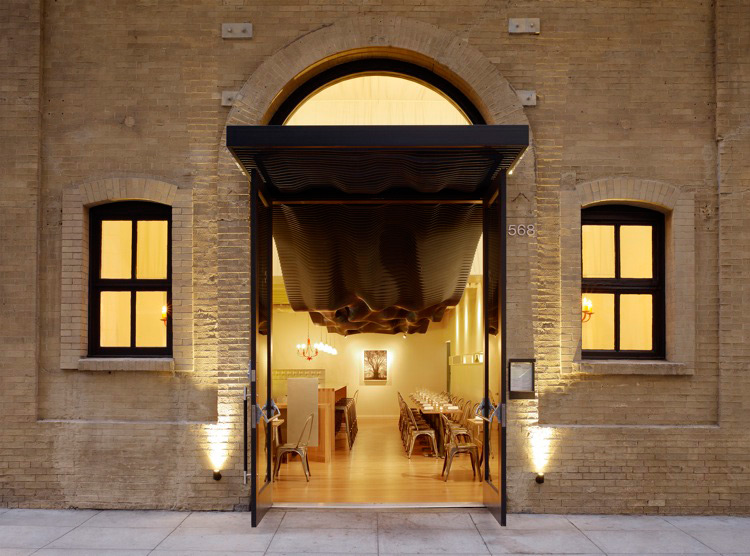
[Image Source: Fast Company Design]
BUILD recently visited with architect Joshua Aidlin of San Francisco based Aidlin Darling Design. The first part of the interview can be found here, while Part Two takes a deeper dive into the firm’s culture, their design influences, and the limits of refinement.
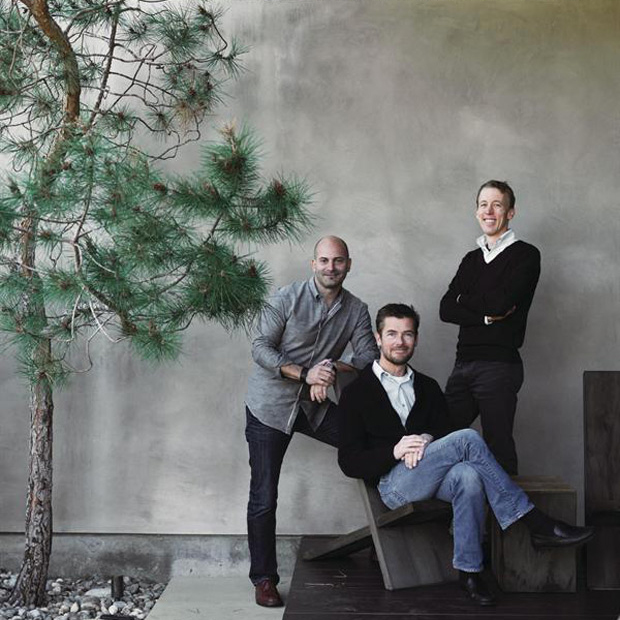
[Image Source: Residential Architect]
Your work finds a careful balance between rustic and refined. How do you know when to stop refining something and let nature take over?
Many years ago, I had a mentor who was critiquing one of my pieces of furniture and his comment was that the entire table was immaculately refined, too much so. There wasn’t a dialogue between the rustic and the refined. I think that’s a lesson you learn from building and from traveling the world. That dialogue between the absolute pristine and the organic can have a critical resonance.
We’re currently designing a chapel for Stanford University that focuses on the very textural work of Nathan Oliveira. Rammed earth is intentionally being used in a very rustic way to contrast with an extremely refined wood ceiling and pristine floor to ceiling glass walls. It’s that tension between the two that we find quite exciting.
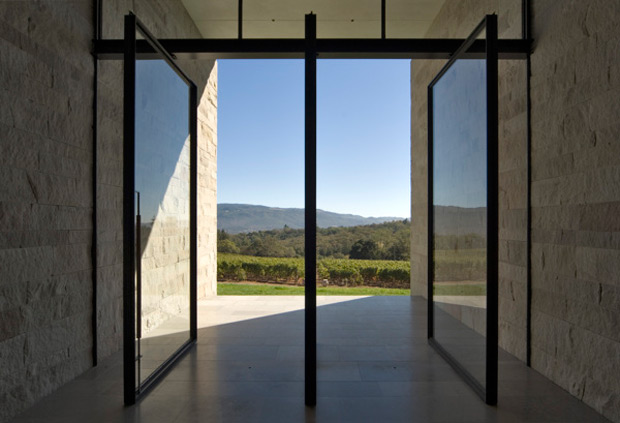
[Image Source: Behance]
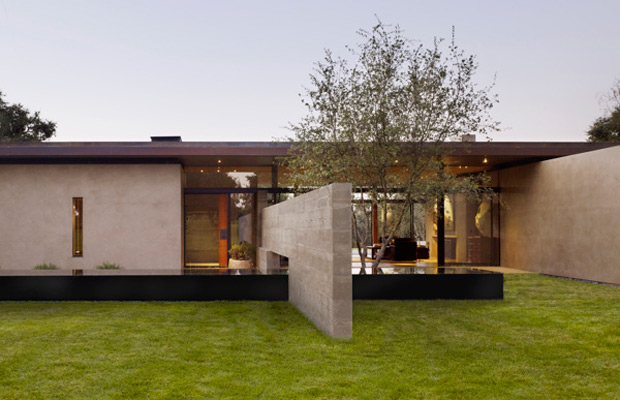
[Image Source: Behance]
There’s a discipline that this relationship requires of the designer. Are you able to stand back from the rammed earth walls and accept the reality of how they turn out?
I think we’re learning, but there are times when we have to tell ourselves to back off and let it be rustic. Architects can be excessively refined to such an extent that you can too easily lose the soul of a material. The Latin American modern architects are an inspiration to us in this way. Simply by virtue of the nature of the building materials they’re using, they can’t be very refined in certain cases and so they’ve embraced it.
Tell us a bit about the culture of the firm.
We take care of each other and we have each other’s back. We go out of our way to make sure that our designers are taken care of and respected and given the opportunities to be challenged beyond what they ask for. If you walk in here and you’re respected and challenged, you’re going to be able to perform miracles. We defend our designs primarily to defend our designers; we go to bat for them. Because of this, we’re able to have an intense team working on every project.
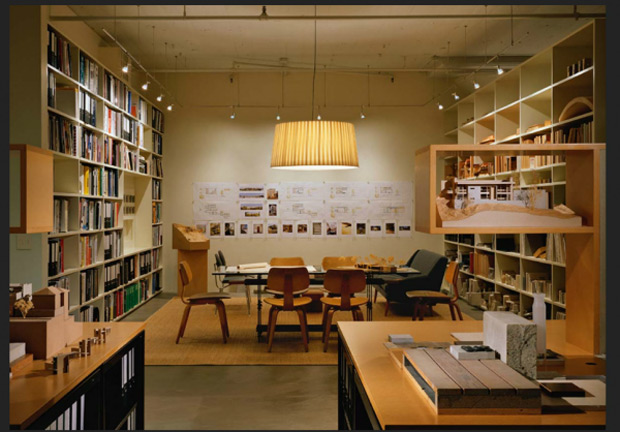
[Image Source: Handful of Salt]
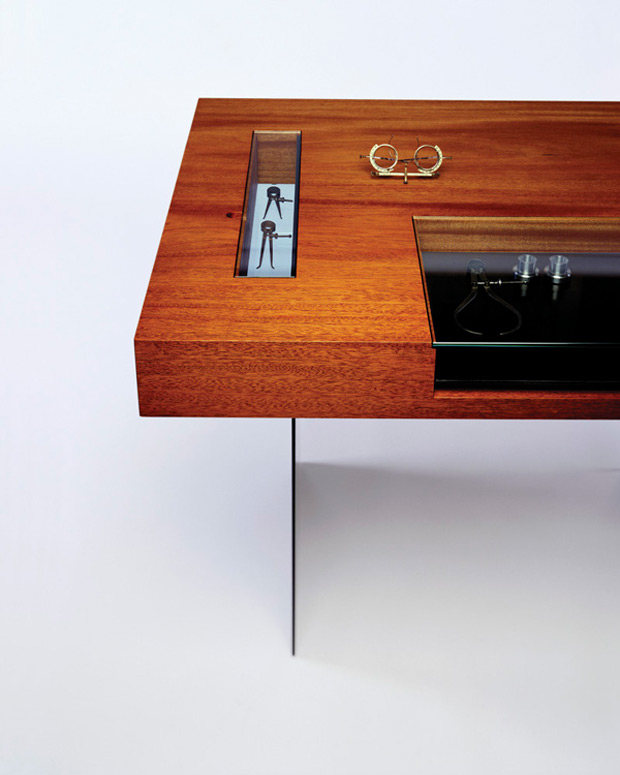
[Image Source: Behance]
What places in the world have you been most influence by?
For me it’s about studying how other cultures make and why they make. Seeing a rustic stone wall in Sicily, that half the town is made out of, creates such a powerful spirit of place to me. The stone walls in Girona, Spain may be crafted in ten different ways, but all with an incredible sensitivity and sense of place.
How did the move between your upbringing in Ohio and your professional life in San Francisco affect your design sensibilities?
More significant than the differences between the two places is that both Dave and I grew up in a rural environment in Ohio. The rolling hills of forests, lakes, and fields were my backyard, and it gave me an appreciation of nature and how man engages with nature. Half of our projects are on rural virgin sites and instead of approaching the building as an additive element, we think about how the building can be extracted from the land in such a way that it is not subjective in its orientation or form. It requires a respect between land and form; the building should be in absolute synthesis with the landscape. I don’t know if I’d have this perspective had I grown up in the city.
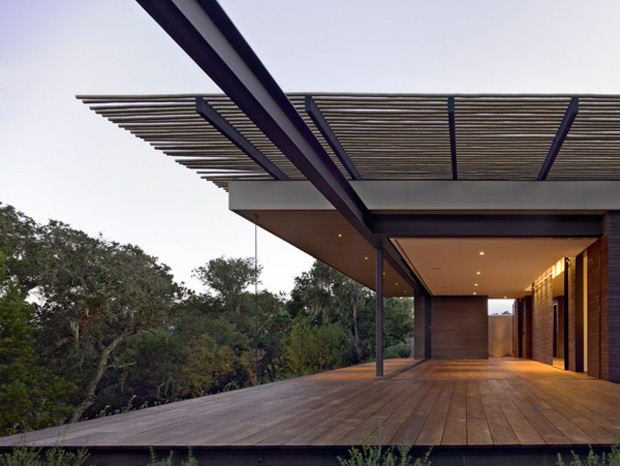
[Image Source: Behance]
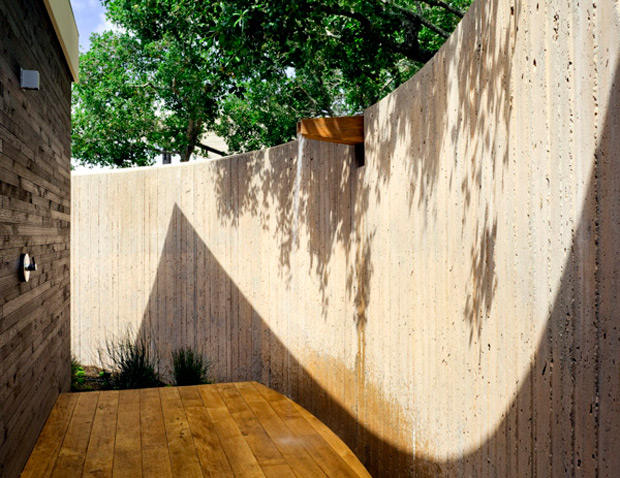
[Image Source: Behance]
Are you able to sit down in the restaurants that you’ve designed and simply enjoy a meal without the distractions of knowing too much about the project?
Yes, absolutely. Going to these restaurants is bonding time for me and my seven year old son. It’s this incredible experience. He knows the chefs, the bartenders, and the wait staff, and they treat him like royalty. They teach him all about the food and the chefs invite him to cook with them in the kitchen. These people are family to us.
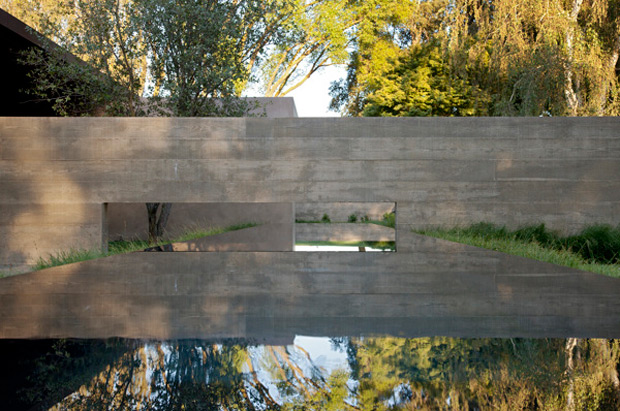
[Image Source: Behance]
How do you think about social media with regard to running a design firm?
We’re much more focused on the designing and the making. I think good work will come to us without Tweeting and Facebooking. Because of our reluctance, we were one of the last firms to actually have a website. The website we created is very straight-forward to navigate, it’s not about trying to grab the moving icon that’s spinning around in a clever way. The viewer should be able to look at the work we do with an easy interface.
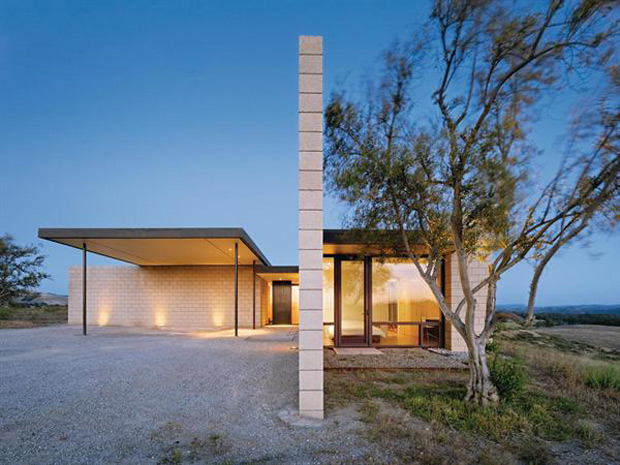
[Image Source: Residential Architect]
Many firms erroneously believe that the work should speak for itself and that social media shouldn’t be necessary. How is it that this relationship is actually working for you?
At a very young age, my business partner, David, had some very wise premonitions about creating a constitution. It was just the two of us sitting on a bench, thinking about what we were going to do and he had some very basic guidelines that were absolutely true. He had a snowball theory, which is “pack your snowball tight, and you better roll it down the hill in the direction you want to go, because the type of work you’re doing is just going to multiply.” So we were very judicious about the first work we took on. Every commission we ended up taking we concluded with a built product and it was work that we felt proud of. The premonition proved true.
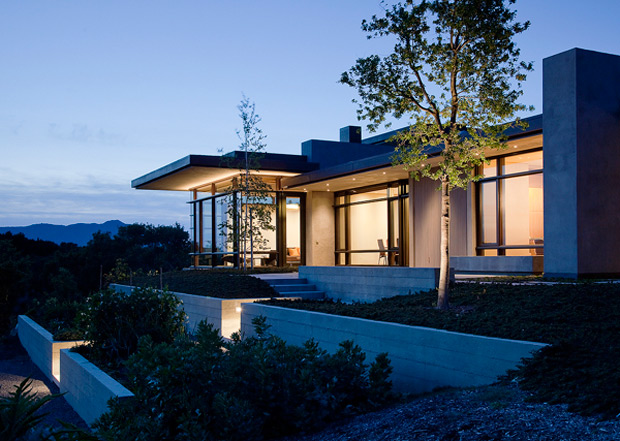
[Image Source: Behance]
Joshua Aidlin is a founding partner of Aidlin Darling Design, formed with David Darling in 1998. Aidlin Darling Design rigorously explores design across a wide range of scales, programs and disciplines with the goal of enabling poetic, sustainable and appropriate solutions. The firm has been chosen as a National Design Award Winner by the Smithsonian’s Cooper-Hewitt National Design Museum and has been awarded over thirty regional, national and international design awards in the past two years. Joshua received his bachelor of architecture degree from the University of Cincinnati.
For a look at BUILD’s interview archives in this series, check out our post on Ten Interviews for ARCADE.





